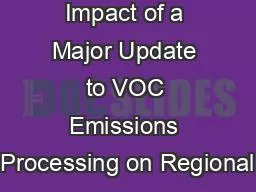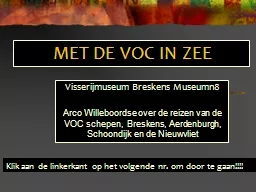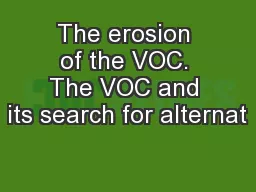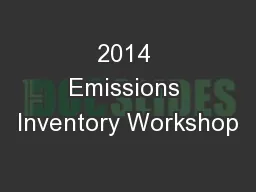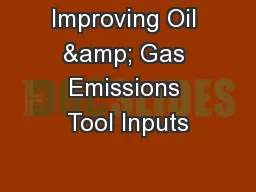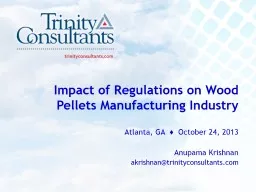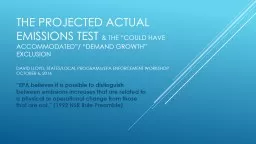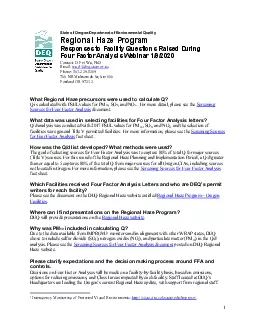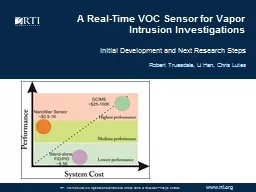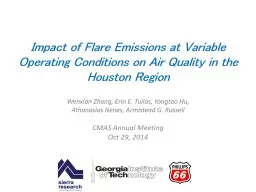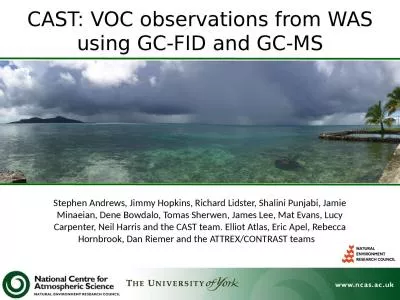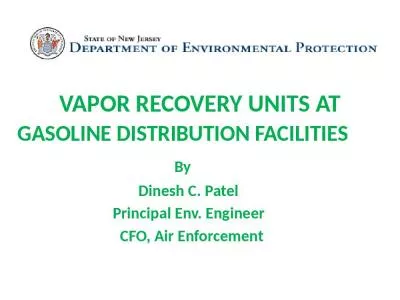PPT-Impact of a Major Update to VOC Emissions Processing on Regional
Author : freakapple | Published Date : 2020-08-05
Air Quality Model Predictions Junhua Zhang Michael Moran Paul Makar Qiong Zheng and Verica SavicJovcic Air Quality Research Division Environment and Climate
Presentation Embed Code
Download Presentation
Download Presentation The PPT/PDF document "Impact of a Major Update to VOC Emission..." is the property of its rightful owner. Permission is granted to download and print the materials on this website for personal, non-commercial use only, and to display it on your personal computer provided you do not modify the materials and that you retain all copyright notices contained in the materials. By downloading content from our website, you accept the terms of this agreement.
Impact of a Major Update to VOC Emissions Processing on Regional: Transcript
Download Rules Of Document
"Impact of a Major Update to VOC Emissions Processing on Regional"The content belongs to its owner. You may download and print it for personal use, without modification, and keep all copyright notices. By downloading, you agree to these terms.
Related Documents

